Iceland is the destination of the moment, with magical sights around every corner and a history to go with it. Whether you’re planning to pack in an adventure over 48 hours in Iceland or relax over a longer period, this is how we’d do it at Citizen Femme.
It’s also one of the most Instagrammable places in the world with waterfalls, glaciers and black sand beaches leaving even the most travelled adventurer speechless.
Over the past decade Iceland has exploded (quite literally with the eruption in 2015) and it has become a destination on everyone’s bucket list. The island went from unknown winterscape that only the hardest adventures would battle, to a destination with cheap flights and magical experiences. The island is defined mostly by its dramatic landscape with volcanoes, geysers, hot springs and lava fields dotted across the country, and paving the way for tourist trails.
Most of the population lives in the capital, Reykjavik, which now runs on geothermal power and is home to the National and Saga museums, tracing Iceland’s Viking history. This tiny island has become the centre of our universe in the past decade and it’s not surprising why.
WHAT TO SEE
Þingvellir National Park
Thingvellir is a favourite stop among travellers along the Golden Circle route. It has been a National Park in Iceland since 1930 and was named a World Heritage site by UNESCO in 2004. Þingvellir is a site of historical, cultural, and geological significance, and is one of the most popular tourist destinations in Iceland. The park lies in a rift valley that marks the crest of the Mid-Atlantic Ridge and the boundary between the North American tectonic plate and the Eurasian. This is where tours for ‘Diving in Silfra’ take place.
Gullfoss
Gullfoss, another famous waterfall, is located in the canyon of Hvítá river in southwest Iceland. Gullfoss is one of the most popular tourist attractions in Iceland with millions visiting this expansive waterfall each year. The wide Hvítá river rushes southward, and about a kilometre above the falls it turns sharply to the right and flows down into a wide curved three-step “staircase” and then abruptly plunges in two stages. A magnificent sight to see!
Geysir Hot Springs
Don’t be fooled by the Instagram photos, the great Geysir is not the only geyser in the Geysir hot spring area. The most active geyser in the area is called Strokkur as it sprouts hot water as high as 30 meters into the air every few minutes or so, but the area as a whole is pretty cool, with small spring rivers running down the valley, smaller pools with bubbling brooks and an array of natural phenomena for you to see.
Image Credit: Pinterest
WHAT TO EAT
Breakfast at Kaffihús Vesturbæjar
Breakfast is served weekdays from 8:30 a.m. to 11:00 a.m, and brunch is served on weekends. Enjoy different kinds of porridge as well as the irresistible toast with avocado, salmon or parma ham. Located on an idyllic corner in the relaxed Westside neighbourhood, this is a great place to eat after a visit to the public swimming pool just across the street, even just for coffee and pastries. The daily blackboard menu changes daily, but the vegan burger is almost always on offer and arguably the best in town.
Lunch at Kaffivagninn
Considered the oldest restaurant in Reykjavik, this hidden gem is seemingly known only by fishermen, as it sits right on the harbour, with broad windows looking onto the bobbing boats. Make sure you grab a coffee, as well as hearty seafood-based lunches.. The atmosphere is filled with history and charisma, which truly leaves you wondering about how everything used to be before.
Dinner at Ölverk Pizza & Brewery
Located outside of the city, but on the main road down to the south of the island Olverk is a gem! The restaurant doesn’t look like much from the outside but once inside the decor is typically Scandinavian with an array of seating options. The menu is varied including the option to make your own pizza, whilst you can try their fine Icelandic beer from their own inhouse brewery which is powered with geothermal energy.
WHERE TO STAY
When you think of Iceland, you think small towns, hot springs and beautiful scenery. Frost & Fire hotel is the perfect place to stay for all of this, just 45 minutes outside of Reykjavik in the small town of Hveragerdi. This place may be in the middle of nowhere, but that’s potentially the best bit…
Perched on the edge of the rambling River Varma, it’s all about the great outdoors here, with excellent hikes, hot springs and some inviting geothermally heated hot tubs on the riverbank. There are few better spots to kick back and relax in after a busy day exploring the Golden Circle – particularly if the Northern Lights decide to make an appearance.
The hotel’s Varma restaurant is a must-try during your stay, serving delicious Icelandic dishes which are prepared using produce from Hveragerdi’s own geothermal greenhouses. Geothermal energy is even used to power the ovens! Breakfast is an exciting affair; boil your own eggs in the geothermal spring and tuck into an array of delicious dishes.
Each of the 22 rooms has been tastefully decorated in a modern style, with wooden floors and large comfortable beds, decorated with a collection of prints from local Icelandic artists.
WHAT TO DO
Whale Watching
If you want to spot some of Iceland’s biggest creatures, head to the harbour in the city and jump on a boat for a few hours to go whale watching. The tours often see Minke whales, White-beaked dolphins, Harbour porpoises and the occasional Humpback whales. On board the tour boat there are several outdoor viewing platforms, a large indoor saloon with an on board café where you can buy light refreshments, bathroom facilities and a cloak room where you can borrow a jumpsuit for colder days.
The Blue Lagoon
You can’t go to Iceland without visiting the country’s famous geothermal spa, The Blue Lagoon. It’s one of the most visited attractions in Iceland, and it’s not hard to see why. The beautiful milky-blue opaque water makes a stark contrast to the surrounding black lava field covered with dark green moss, and it’s a welcome retreat from the cold wind and wintery weather that descends on the country for nearly all year.
Contrary to many people’s belief, the lagoon is therefore not a natural occurrence but caused by a man-made structure. It is, in fact, excess water from the power plant, that is drilling for steam and hot water. The Blue Lagoon is simply a large lake that has the perfect temperature to bathe in, on average it’s 39°C. The lagoon’s warm geothermal water and natural active ingredients; mineral salts, silica and blue green algae help you relax and unwind while the lagoon’s distinctive white silica mud gently cleanses and exfoliates the skin.
A Road Trip Around the South
Whilst in Iceland, it’s worth hiring a car and heading off on a road trip stopping off at all the hotspots. Some of the best places include; Seljalandsfoss, a unique waterfall in the river Seljalandsá, with a footpath behind it at the bottom of the cliff. Skógafoss, situated on the Skógá River with a 60-metre drop and one of the biggest waterfalls in Iceland which you can walk right up to; Solheimajokull Glacier, a glacier between the volcanoes Katla and Eijafjallajökkull with an 11-km-long outlet glacier, which advances from Myrdalsjokull glacier, down a one to two km wide valley; Sólheimasandur Plane Crash, a plane wreck from 1973 which has now become one of the most visited landmarks in Iceland (but beware it’s a 60-minute walk from the car park!)
And to top it all off, make sure you stop off at Black Sand Beach (Reynisfjara), ranked one of the 10 most beautiful non-tropical beaches in the world with basalt columns, lava formations, towering cliffs, gaping rock faces and caves galore.

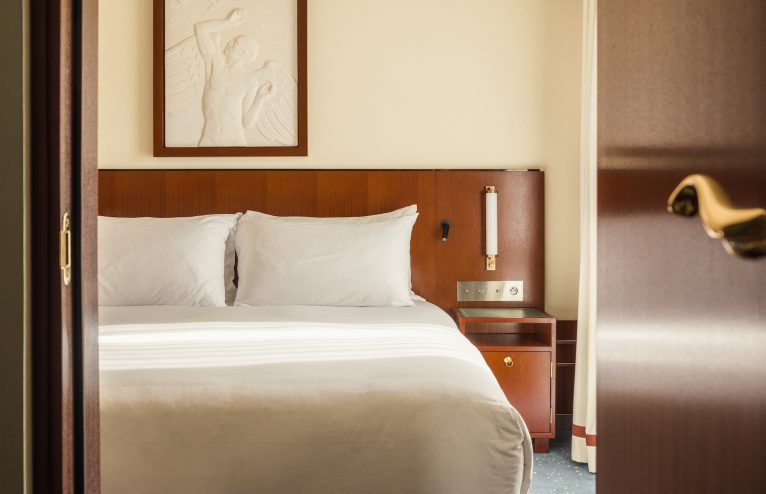
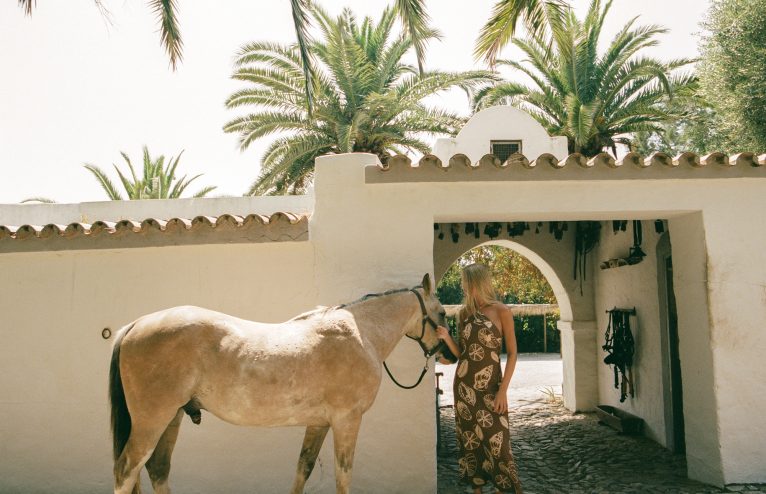
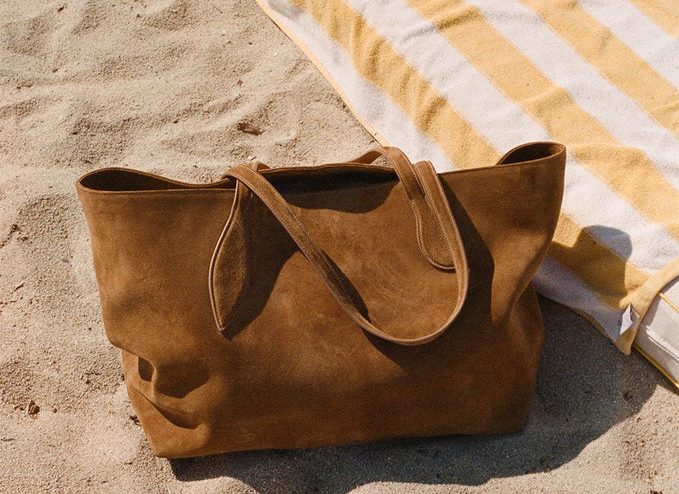


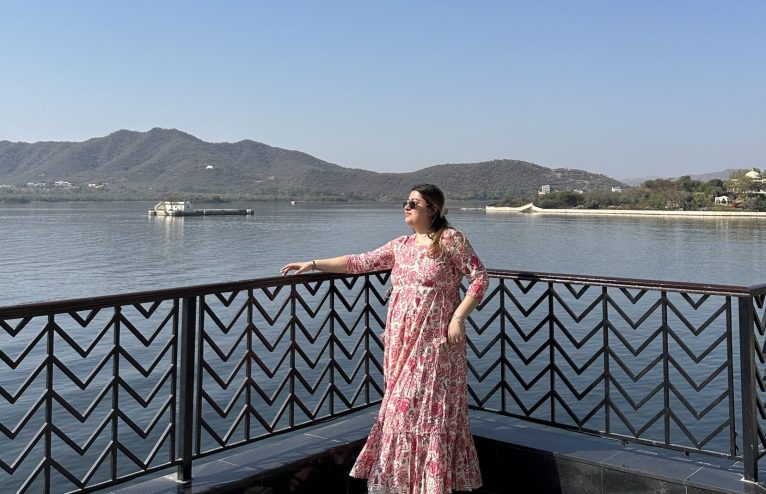
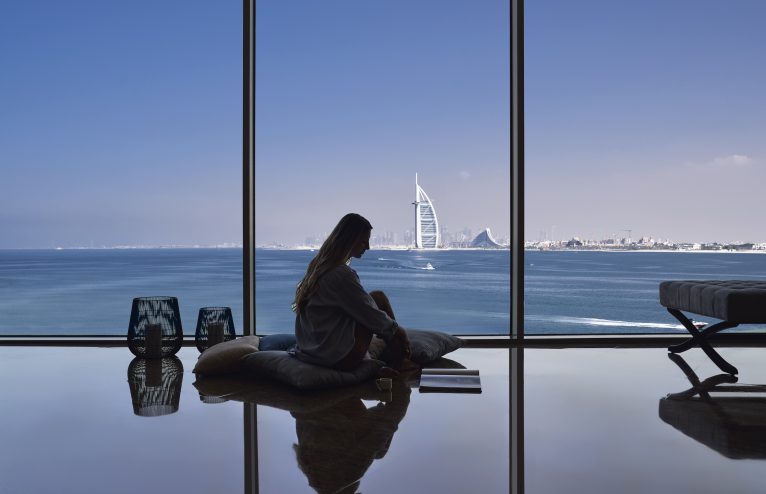
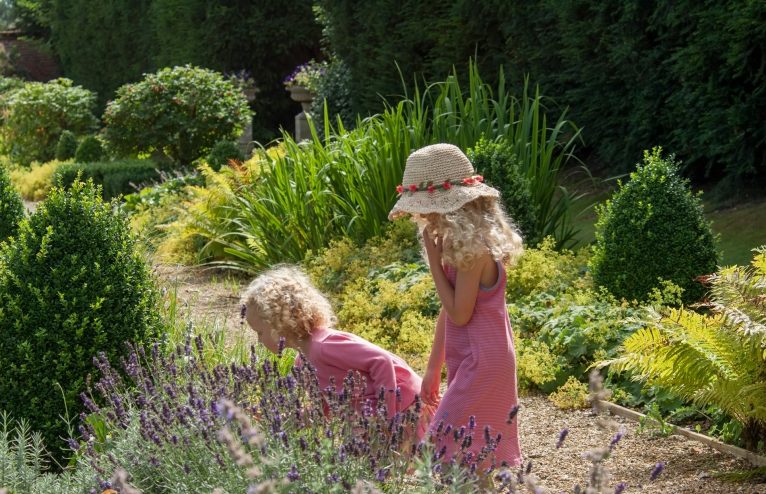
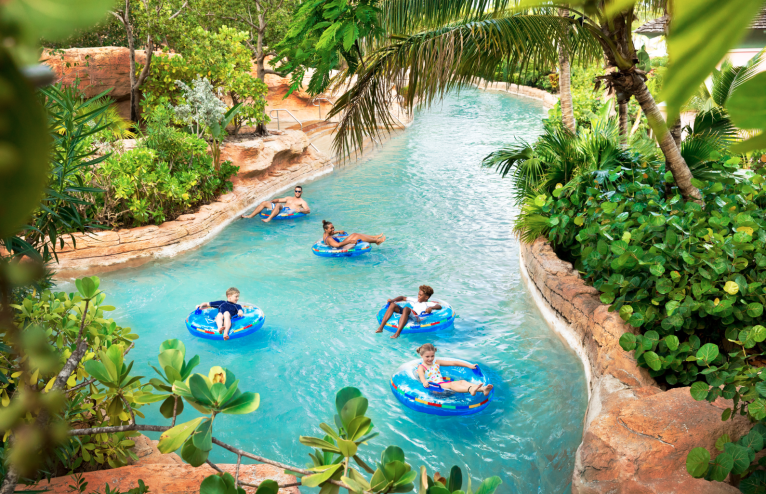





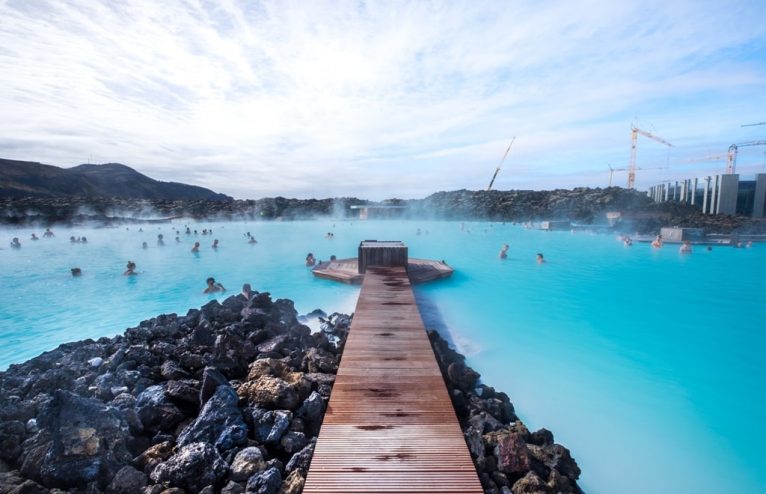
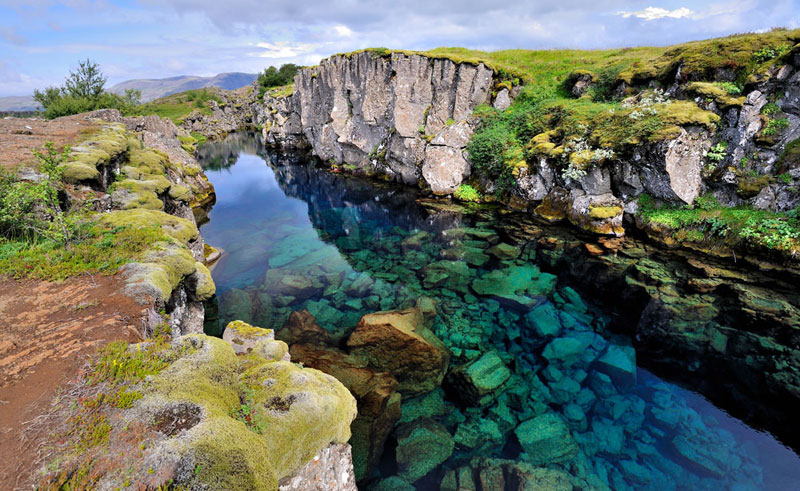

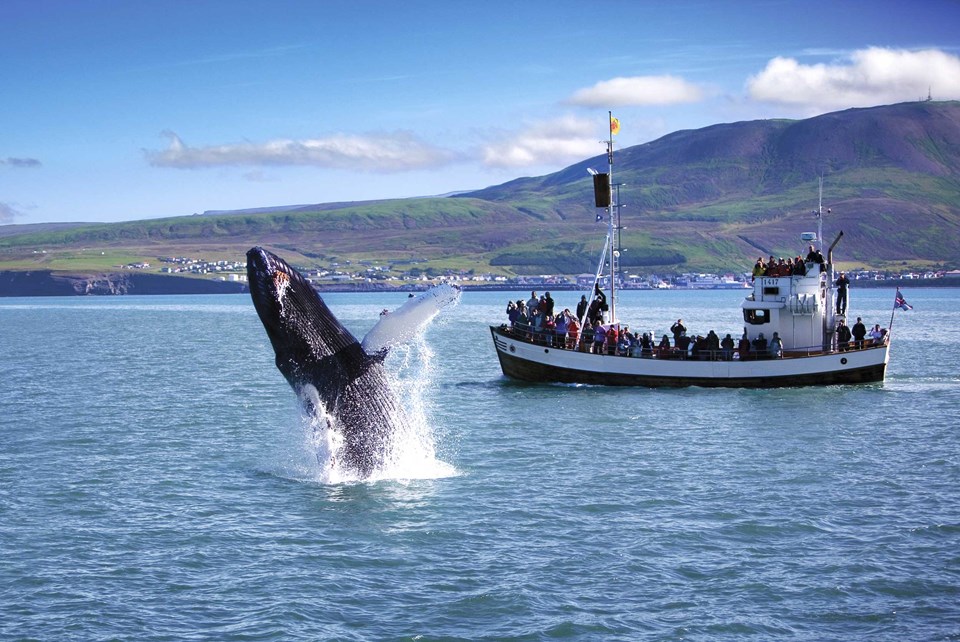
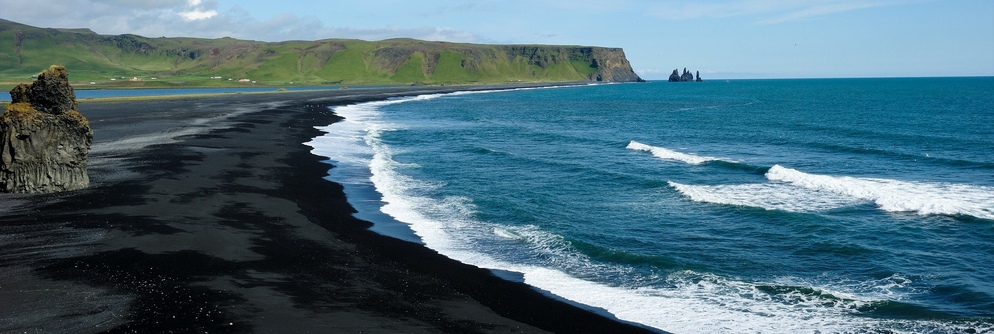
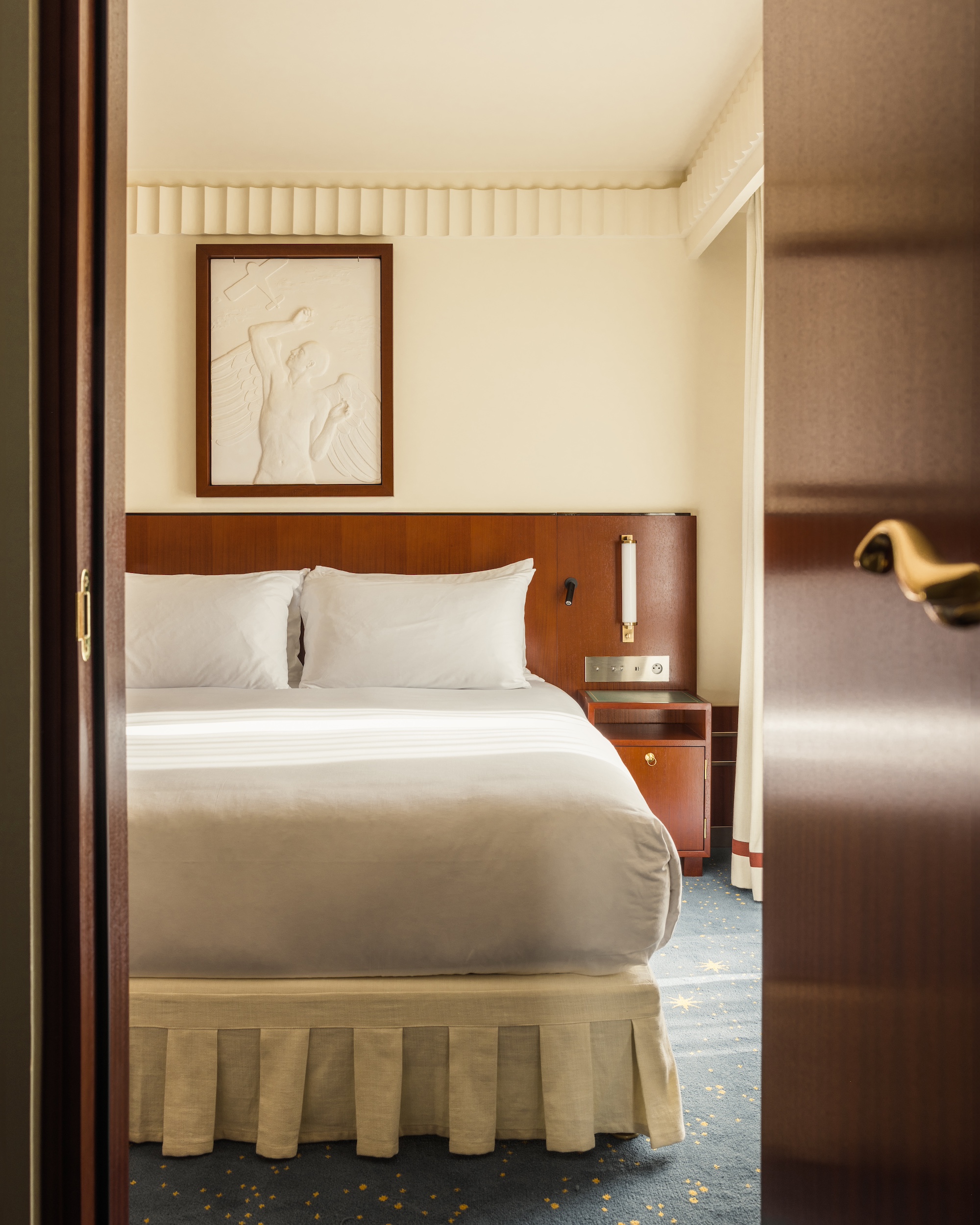
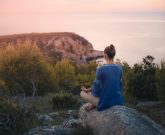
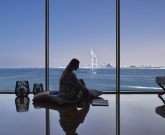

Any Questions or Tips to add?